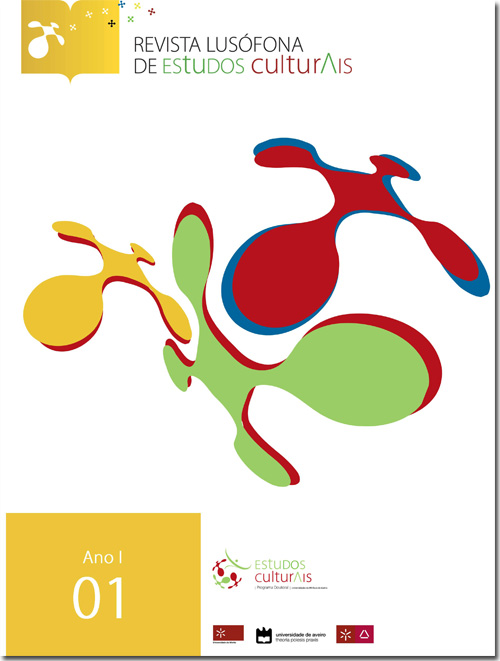WHAT IS “CENTRAL” IN CENTRAL EUROPE?
DOI:
https://doi.org/10.21814/rlec.7Keywords:
Europe, European Union, nation, state, cultural mixture, liquid modernityAbstract
This article seeks links between contemporary Europe and its historical state-nation experiences, above all when regarding “Reading the Other”. Discussing – and challenging – the main three European dimensions – geographical, political and cultural, the article points out Europe’s mission/task/meta-art - still to be fully fulfilled – to develop its remarkable “capacity to live, permanently and beneficially, with cultural difference: profitably to all sides not despite their differences, but thanks to them”, as well as “to acquire and share the art of learning from each other”. Tracing such abilities already in the Roman Empire the article focuses in particular on two Modern Central European states, based on multiculturalism and multinationalism: the Polish-Lithuanian Commonwealth and the Austro-Hungarian Empire. Both are discussed as experiments worthy of becoming essential examples for the today Europe.Downloads
Download data is not yet available.
Downloads
Published
2013-06-16
How to Cite
Bauman, Z. (2013). WHAT IS “CENTRAL” IN CENTRAL EUROPE?. Lusophone Journal of Cultural Studies, 1(1), 50–66 | 67. https://doi.org/10.21814/rlec.7
Issue
Section
Thematic articles
License
Authors own the copyright, providing the journal with the right of first publication. The work is licensed under a Creative Commons - Atribuição 4.0 Internacional License.












